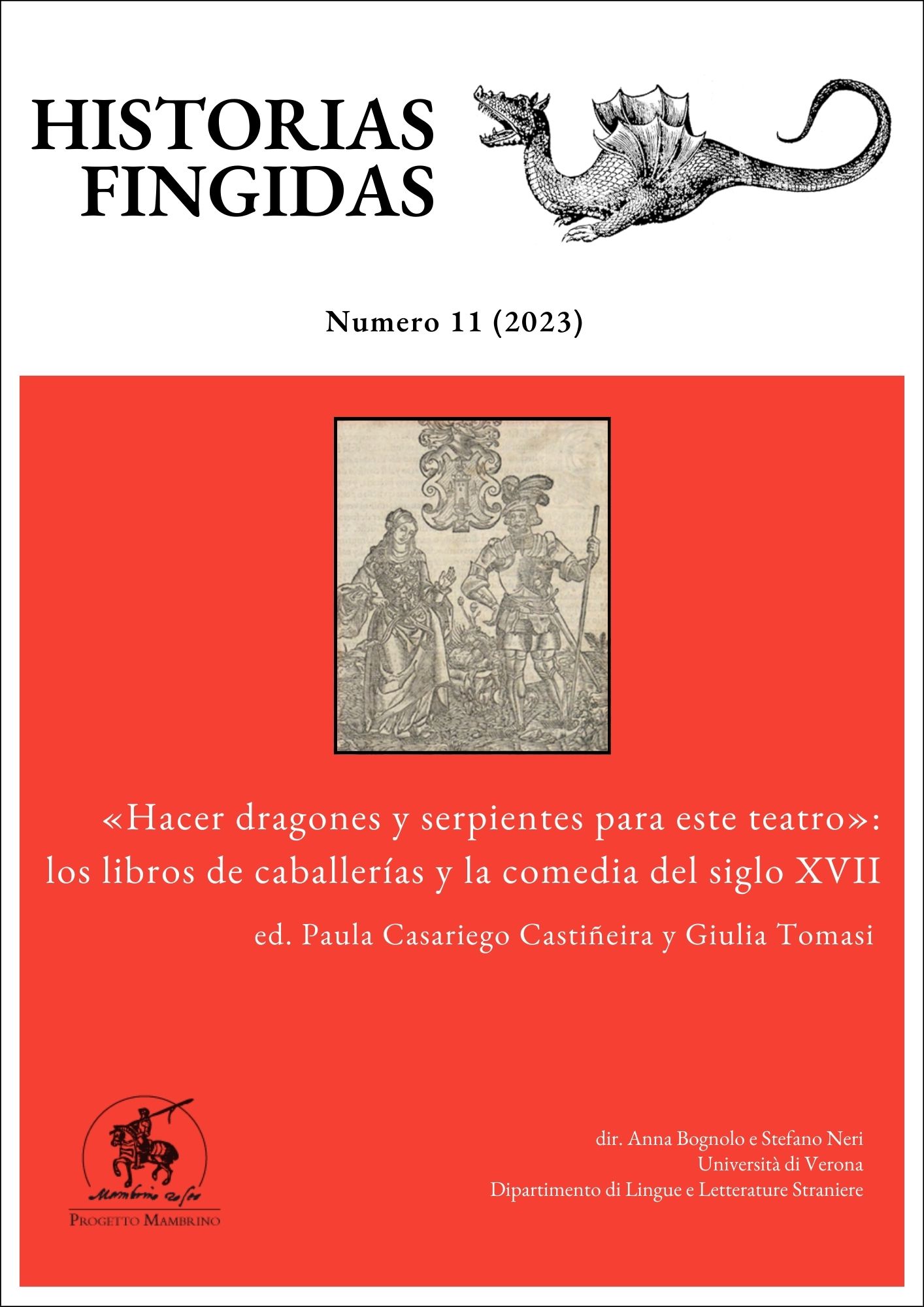Dreams and scenic wonder in Cervantes' «La casa de los celos». With a note on Lope
DOI:
https://doi.org/10.13136/2284-2667/1389Keywords:
Cervantes, La casa de los celos, scenography, Lope de Vega, classical theory of dreamsAbstract
The analysis of the text, the stage directions and the scenic movement in La casa de los celos point to the author's interest in exploiting for the stage the potential of dreams. Such a common experience is easily recognizable by the spectators and helps to thrill them. Cervantes demonstrates, not only a knowledge of the theory, but also a familiarity with courtly and civic pageants and their reflection in books of chivalry and poesía de cancionero. Although imperfect, the theatrical piece is an indication of Cervantes' concern to link marvels to the inner self. Lope and his early works may have been an influence in adopting these patterns.
Downloads
Published
Issue
Section
License
Copyright (c) 2023 Alberto Del Río Nogueras

This work is licensed under a Creative Commons Attribution-NonCommercial 4.0 International License.
Authors must attend to the following conditions:- Authors will mantain the copyright of their work and leave to the journal first publishing rights, simultaneously licensed by a Creative Common License - Attribution - No Commercial Use that permits other researchers to share the work indicating the intellectual property of the author and the first publishing in this journal not for commercial use.
- Authors can adhere to other license agreements not exclusive to the distribution of the published version of their work (for example: include it in an institutional archive or publish it in a monografic book), with the agreement of indicating that the first publishing belongs to this journal.
- Authors can disseminate their work (for example in institutional repositories or their personal website) before and during the submission procedure, as it can lead to advantageous exchanges and citations of the work (see also, The Effect of Open Access).

